How to Create a Holiday Let Guest Information Book

Why you should create a welcome book
Sometimes when we know our holiday home and the area so well, we can take things for granted and forget what it felt like when we were new to the area. We forget that to our guests the whole place is unfamiliar having never stayed before.
One of the easiest and most effective ways to set yourself apart and ensure your guests get the most out of their stay is to provide a comprehensive guest welcome book. Nobody knows your property and the local area better than you and it’s your chance to share your insider tips.
Your guest welcome book quickly answers all their questions about your holiday let and the local area, so they can have a fantastic holiday.
It will also make life easier for you if your guests know how to work appliances, where to find a good restaurant, how to get to the supermarket etc. This should greatly reduce the time you spend communicating with guests and save you from late-night (or early morning) phone calls.
If done well, your guests are likely to reward your thoughtfulness with a great review, repeat visits and recommendations.
In this article, we’ve outlined some of the key things to include as well as some useful tips for crafting the perfect holiday let guestbook.
What to include in your guest information book?
The most essential pieces of information that guests need to know should be summarised first. Especially the Wi-Fi password – the thing that everybody wants to know.
If you include the key sections below in your guest manual, it will cover the majority of information guests need to know. If previous guests have asked you something more than once, then it needs to be added to your welcome book.
A friendly welcome note

In the first section of your guest book, welcome your guests to your holiday cottage with a personal warm welcome message. Perhaps a photo and any interesting back story about the property. Why you bought it, any renovations you did, any historical connections, but most importantly – what you love about the property.
Let the guest know that you are happy to have them and that you care about the experience they have in your holiday home (they tend to take more care of it if you do).
The first impression is the lasting impression.
Directions
In most cases, you can simply provide guests with your address and they can use their preferred map application to find you. If sat navs have a habit of sending people to the wrong location, you’ll need to provide further instructions and a photo of your holiday home so the guest is certain they’ve arrived at the right property.
Parking
If you have a designated parking space, make sure your guests know where this is. If you don’t provide parking, mention the location of nearby car parks, the costs and any free parking areas.
Check-in instructions
As it’s likely you won’t welcome arriving guests in person, you need to ensure they can easily access your holiday let. If you use a key safe or digital door locks, provide clear instructions (or even a video) on how to unlock/lock the door as it could be the first time some guests have used these.
Emergency contacts
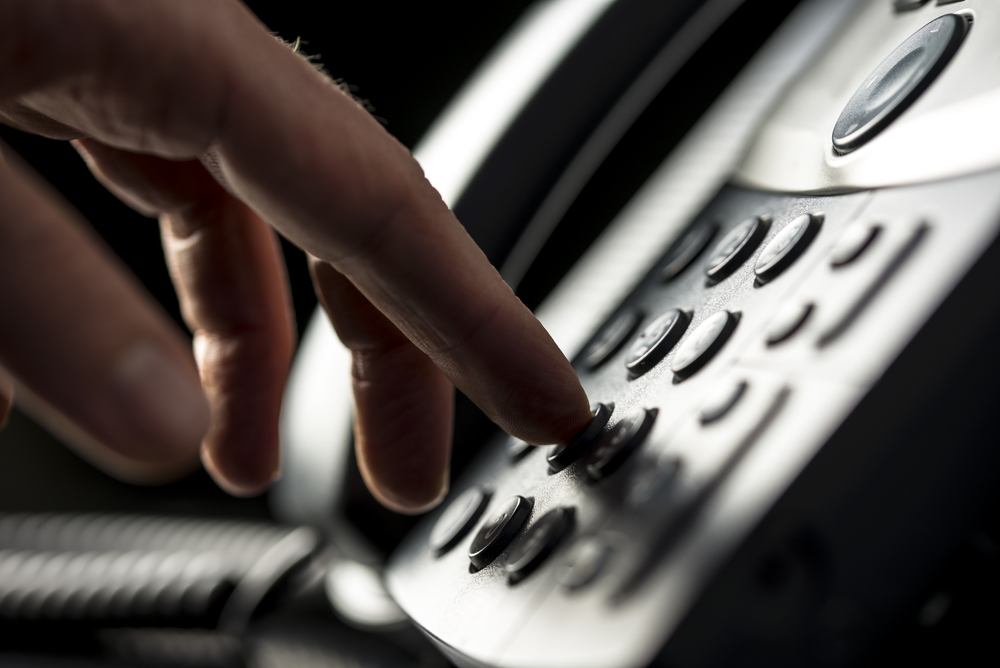
Provide your guests with your contact details or those of your property manager so they have a contact if they have problems or concerns during their stay.
Also, list details of the emergency services phone numbers as it’s likely that some of your guests will be from overseas and may not know how to contact the emergency services. List phone numbers for the police, fire service, hospital, local doctors (public and private), dentists, (vets too if you allow pets) and the address.
List English-speaking professionals if your property is abroad, such as the nearest consulate office and translators or helplines to assist with reporting crimes.
Provide information on what to do if something goes wrong with the property, such as the lights tripping, heating failure, problems with appliances and so on. Outline the location of the fuse box, the mains water stopcock and the gas terminal so they can be located quickly in the event of an emergency.
Make it clear what guests should do in the event of a fire, where any fire protection equipment is located, how the smoke alarms work, the best way to evacuate the property and where they can find the first aid kit.
How-to instructions

All holiday homes are unique and spending valuable relaxation time struggling to figure out how everything works is no one’s idea of fun. Equally, as a host, it’s annoying to be continually disturbed with ‘how-to’ questions.
Leave comprehensive instructions on where things are kept and how to use all the amenities, like:
- Connecting to the WiFi
- Operate the door code
- Heating the property and hot water
- The best programme for the dishwasher and washer
- Safely operate the wood burner
- Use the hot tub
- Use the TV and entertainment system
- Operate the coffee machine
- If the tap water is safe to drink (if overseas).
Write clear ‘quick how-to instructions’ in fool-proof bullet points to avoid guests pushing numerous buttons on appliances until something happens or breaks. You could even leave these laminated by the appliance itself, using photos with arrows to simply explain how to operate.
Take photocopies of the instruction manuals for all appliances guests might use and leave them in a drawer where guests can find them if needed.
Anticipate any potential problems or issues before they have a chance to arise. Let guests know about any quirks of your holiday cottage so they know what to expect. For example, the Wi-Fi signal is poor in the main bedroom.
If something is available to use, then instructions should be left on how exactly to use it.
You could also create how-to videos for your guests.
Holiday let house rules
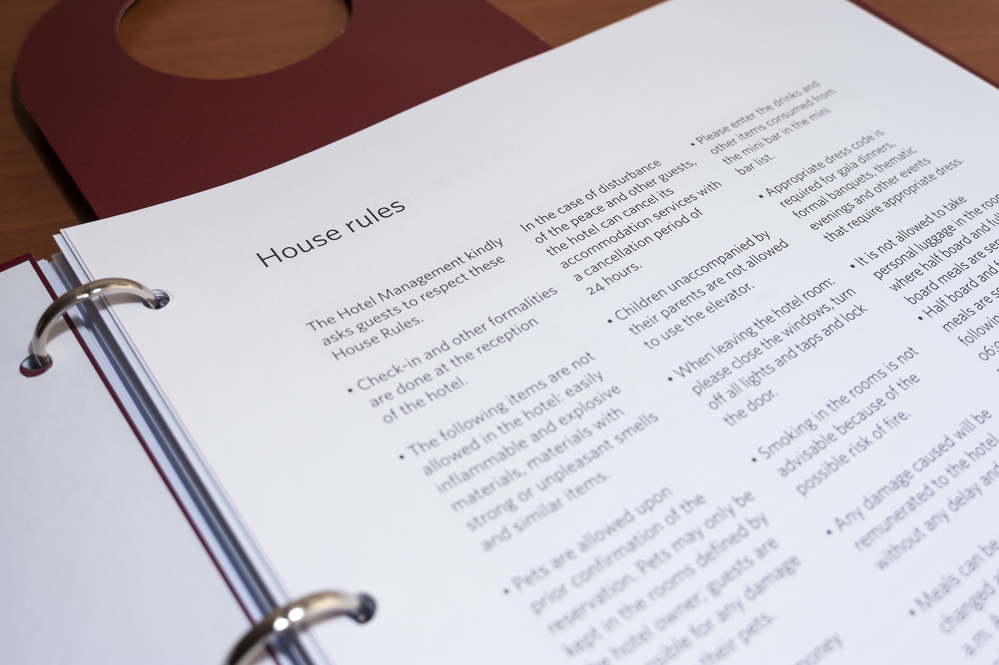
Even if you present guests with the house rules when they book, it’s still important to reiterate them in your property. Guests will have a difficult time arguing that they weren’t aware of the rules if you do this.
Use this section to lay out any dos and don’ts, along with clear instructions for guests regarding what is expected of them during their stay. Not only can house rules help you to reduce guest damage and avoid accidents, they can also help you resolve misunderstandings and complaints.
One of the most important items on your list is the importance to report any problems, damage, breakages or if anything is not working or missing as soon as possible so that you have the opportunity to rectify any issues.
Here are some ideas of what rules to include:
- If your house has a septic tank – what can and can’t be flushed down the toilets
- Safety and hazards
- Cleanliness
- Excessive noise
- Respecting the neighbours
- Rules regarding extra visitors
- Keeping the house secure
- Swimming pool or hot tub
- Smoking
- Pets
- No parties
For more tips read our holiday let house rules template.
Where to go and what to do

Remember your guests may never have been to your destination before. They will love it if you can remove the hassle of them trying to figure everything out on sites like Tripadvisor themselves. Share your expertise so they can experience what it’s like to ‘live like a local’ and immerse themselves in the location.
Guests like to feel they have experienced those hidden gems that few others know about, something you won’t find in a travel guide.
With your ideal guest in mind create an itinerary for the ‘perfect day’ based on your favourite activities and attractions and say why you recommend them.
Update your list every six months, include flyers/website links and discount vouchers. Also, leave a selection of guidebooks (e.g. best local walks, family attractions, top 10 beaches) in your holiday rental.
Make a list of local amenities (supermarket, markets, shops, bakery, delicatessen, spa, hair/nail salon, gym, post office, banks, ATM, petrol station etc.) and the location of the nearest pay telephone if the mobile phone reception in the area is limited.
If there’s a local app that would be useful, don’t forget to recommend it.
Eating and drinking guide

Provide recommendations for your favourite restaurants, bars and lunch spots, along with recommended dishes to try. Which coffee shop makes the best latte and where serves the best ‘secret sauce’ chicken wings you have ever tasted.
Don’t forget to include telephone numbers, a website or TripAdvisor links and directions if it’s hard to find. This will help guests find them easier and make reservations if needed. Negotiate discounts for your guests at local pubs/restaurants and forge partnerships with local businesses so guests can skip the ques.
Also, include takeaway menus (and your address) for those who want to stay in after a busy day.
How to get around
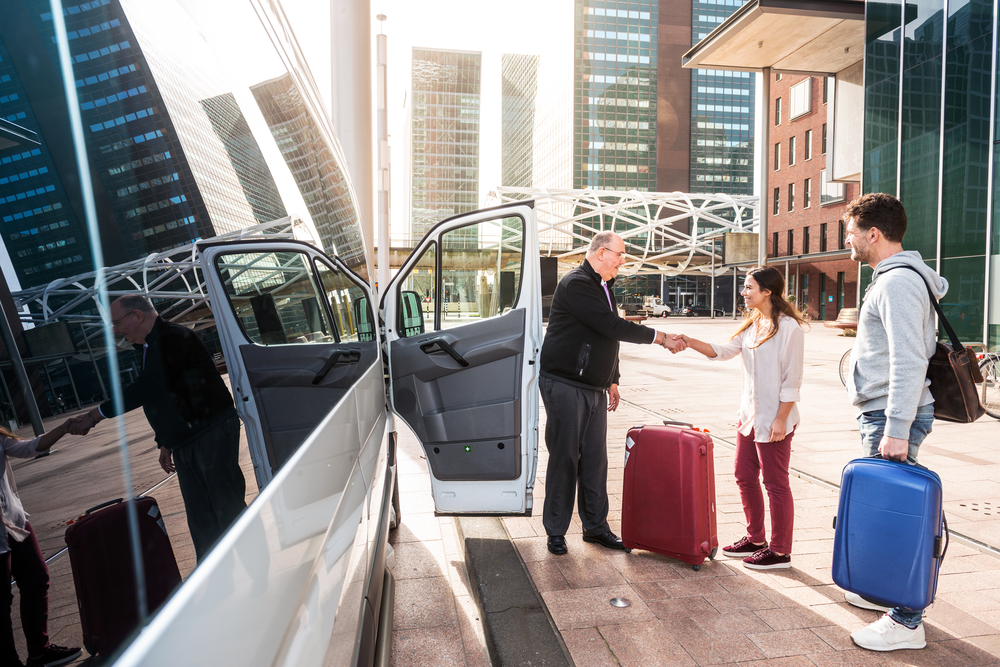
Holidaymakers will appreciate it if you give them guidance on how to explore your area. Include maps showing where everything is in relation to your holiday cottage and the best way to get there by car or public transport. Include schedules and any other specifics that could be useful to visitors.
It’s also a good idea to provide phone numbers for local taxi companies. If your holiday home is abroad, provide details of any unfamiliar driving rules that apply.
Provide the address of the property so it’s easy for guests to order a taxi.
Useful phrases
If your holiday let is abroad, include a phrasebook for important topics to help guests with the foreign language. A great topic is the local food. Include translations for the main dishes that are popular in your region and how to order a coffee and beer, so guests can try things with confidence.
Recycling, waste collection and energy saving

Holiday home owners and guests all have a responsibility to encourage responsible tourism, so let your guests know what they should do to follow the guidelines in your area.
Outline what guests should do with rubbish and recycling. What day do the bins need to be put out and where? Consider providing separate coloured bags or boxes for different types of waste.
Include tips on saving energy in your holiday let, this will save money on bills as well as reduce your guests’ carbon footprint. For some reason, guests have a habit of putting the heating on full blast and then opening windows because it’s too hot (to the annoyance of owners).
Check-out instructions
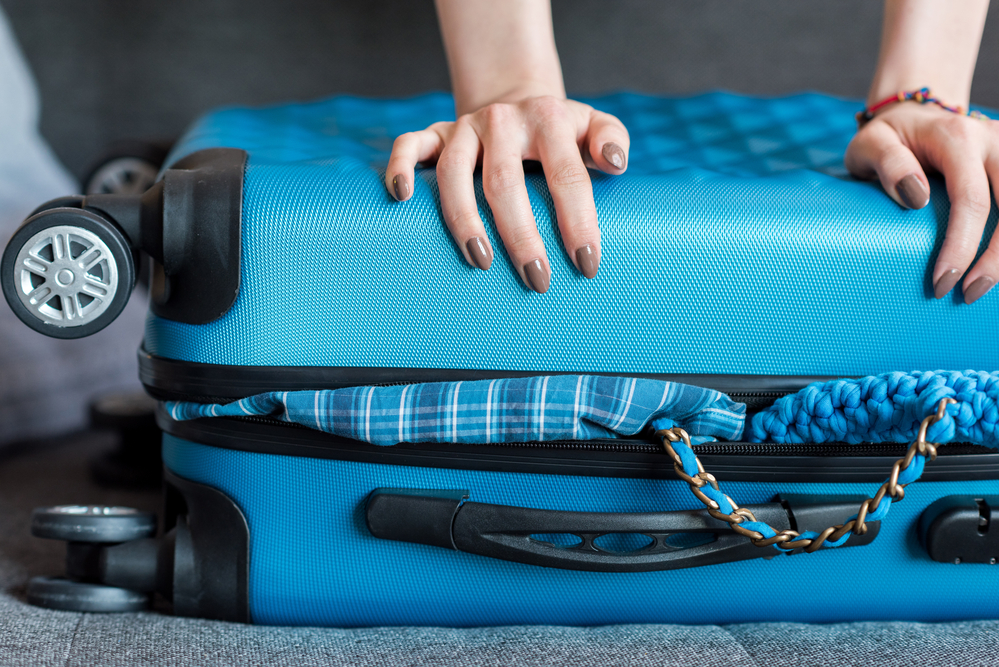
To help avoid last-minute phone calls, problems and ensure a quick turnaround of the property for the next guests, tell your guests how your check-out works. When are they supposed to leave and what are their responsibilities when departing.
For example, make sure doors and windows are locked, where to leave the keys, what to do with bed linen and towels, turn off the lights, what temperature to leave the thermostat on (or remind them to turn off the air conditioning) take out the rubbish and dispose of perishable food.
Guest feedback

Leave a section for guests to leave their recommendations of restaurants and places they have enjoyed, so future guests can benefit from their personal experiences.
Also, provide the link to your online reviews page and ask guests to leave their feedback. Be selective with who you ask for a review. Avoid guests who have been ‘a problem’.
Provide a pad for children and encourage them to draw images of their holiday or comment on what they liked. It’s heartwarming to read what they enjoyed most.
How to create a holiday cottage welcome book
Printed version
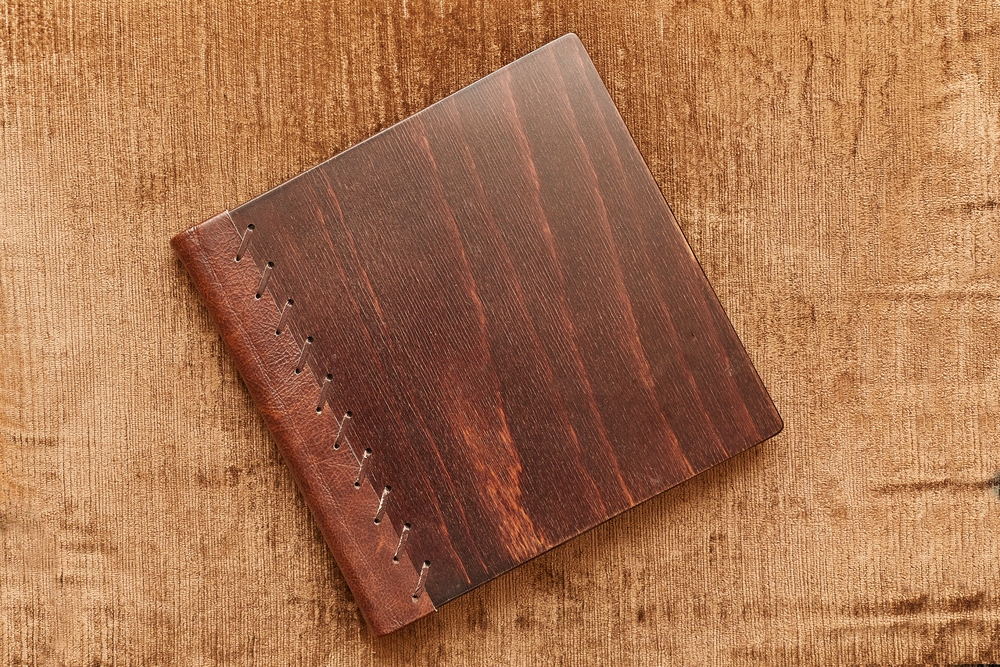
Some guests like going into a holiday home and browsing through a physical guest information folder.
Creating a Microsoft Word guest manual is a cheap and effective solution. It can be left in your rental in an easy-to-spot location like the kitchen counter for arriving guests. Also, email a copy as soon as they book and re-send 24 hours before check-in so everything is nice and fresh in their mind.
A hardback ring binder with plastic wallets would do, or you can buy professional-looking guest information folders from Out of Eden.
However, printed guest information folders go out of date quickly, can get rather scruffy due to it being sanitised in between bookings and pages often go missing.
Digital welcome book

Several free and paid products have been developed specifically to create a digital welcome book which guests can interact with, book tickets and make reservations.
They offer a range of easy-to-use templates and are easy to update, meaning you’ll never have outdated information. As everythings online there are no missing, sticky or ripped pages. Also, they’re more hygienic.
Guests can share the digital welcome book with other people in their group and access it from anywhere. If they’d rather carry around a good old-fashioned paper version, they can print a PDF version too.
Digital welcome book solutions
Hostfully – https://www.hostfully.com/guidebooks-feature-overview/
TouchStay – https://touchstay.com/
Hellohere – https://www.hellohere.com/
YourWelcome – https://www.yourwelcome.com/ (includes a tablet that your guests use when staying with you).
So which is the best solution – paper or digital? I would say digital – with the option to print a hard copy for traditionalists or technophobes.
How to get guests to read your welcome book
Most guests will read your information. Some will read every word, but most will skim over for what’s relevant at that moment.
However, there are those guests who will never read your house manual. It’s these guests who are the most demanding and who might leave a negative review – which could have been avoided if they had simply read the handbook provided.
So, how do you get guests to read the welcome information?
You’ll have to create persuasive and engaging pre-arrival guest emails that entice them with the promise of useful information that will benefit them. For example, how to get discounts or how to find a free parking spot close to town.
Try to incorporate some personality, even a bit of humour, with clear headings for skimmers. Include photos or a simple smartphone video to demonstrate how ítems work e.g. the hot tub.
Not many guests are going to open your welcome book if you send it months ahead of their stay. Send it after they book, 7 days before check-in and again 24 hours before.
Further reading: If you are looking for some ideas for what to include in your welcome pack then this post offers some useful tips.

8 Comments
As ever, a very well-researched article. Good to see the recommendation to create an electronic Welcome Book. We noticed that, emailing a copy to guests about a week before their arrival helped to reduce breakages or breakdowns as a result of misuse by guests who hadn’t bothered (or got around to) reading the carefully prepared instructions in the directory. Sending it in advance gave them time to read it. This saved us time having to respond to late evening calls requesting. advice on working the washing machine. Also, a personalised virtual welcome book is a lot less dog-eared than a physical one after 2-3 months of use in the house.
Thanks for your advice Rick.
Excellent article.
Please send anything along the same lines as working towards opening up a holiday let property in Portstewart Northern Ireland in the near future so any details or guidance information is welcome.
Kind regards
Alistair
Hi, if you click on the blog categories links (at the side) you can view more posts. Also, subscribe to our newsletter for more tips and news.
Very well structure and will definitively update my guest information guidelines
Hi, I want to write a polite notice just requesting that guests could please turn off the radiators in their rooms if they intend to be out for a time. They all have individual thermostat controls on their radiators and they heat up very quickly but with the costs almost doubling it’s frustrating to have an empty room heated all day. We are struggling to keep our prices down and this isn’t helping. Can anyone advise me? Thank you
Unfortunately it’s unlikely that guests would do this. You could look into smart thermostats?
Heya.
I have a cheap welcome box. In it are a few decent pub and museum recommendation letters, leaflets, magazines, books, games and old movies in question. I keep a bowl of fresh fruit and some wild flowers on a coffee table. Toys are on a windowsill. A typed up list of the rules and risks is pinned on a bedroom wall and kept in a drawer. Keys are only handed out on the arrival day. I like to meet the guests in advance.
They must not go missing or a hefty price is expected on departure. Wine is located in a cupboard that is securely locked at my request. Security cameras are maintained. Food and drink are available for personal consumption. Good luck.